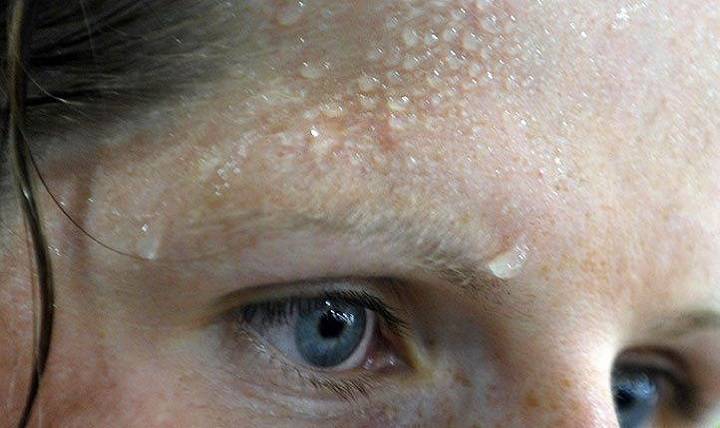
Sweating is a natural bodily function that helps regulate our body temperature. When we exercise, are in a hot environment, or experience anxiety, our bodies produce sweat. Sweat is made up of water and electrolytes, and it evaporates from our skin, cooling us down in the process.
However, excessive sweating or hyperhidrosis can be a problem for some people. One condition that can cause excessive sweating is Pam Sweat, also known as Primary Idiopathic Hyperhidrosis.
Understanding Pam Sweat
Pam Sweat is a type of hyperhidrosis that affects approximately 3% of the population. It is characterized by excessive sweating that occurs without an underlying medical condition. This means that the sweating is not a symptom of another medical condition like hyperthyroidism, menopause, or diabetes.
The excessive sweating associated with Pam Sweat typically occurs on the palms of the hands, soles of the feet, underarms, and face. This can be a significant problem for those affected, as it can interfere with daily activities, cause embarrassment and social anxiety, and even impact work performance.
Causes of Pam Sweat
The exact cause of Pam Sweat is not known, but research suggests that it may be linked to overactive sweat glands. In individuals with Pam Sweat, the sweat glands may be more sensitive to stimuli like stress, anxiety, or heat, causing them to produce more sweat than is necessary to cool the body.
Additionally, genetics may play a role in the development of Pam Sweat. Research suggests that up to 50% of individuals with hyperhidrosis have a family history of the condition.
Treatment Options for Pam Sweat
Fortunately, there are treatment options available for those with Pam Sweat. Some of the most common treatments include:
- Antiperspirants: Antiperspirants are a topical treatment that can be applied to the affected areas to reduce sweating.
- Medications: Prescription medications like anticholinergics can help reduce sweating by blocking the chemical signals that stimulate the sweat glands.
- Iontophoresis: Iontophoresis is a treatment that involves placing the affected areas in water and running a low electrical current through them to reduce sweating.
- Botox injections: Botox injections can be used to temporarily block the chemical signals that stimulate the sweat glands, reducing sweating in the affected areas.
- Surgery: In severe cases, surgery may be recommended to remove the sweat glands in the affected areas.
Conclusion
Pam Sweat is a type of hyperhidrosis that can cause significant discomfort and embarrassment for those affected. However, there are treatment options available that can help manage the condition and improve quality of life. If you are experiencing excessive sweating, it is important to talk to your healthcare provider to determine the underlying cause and discuss treatment options.




